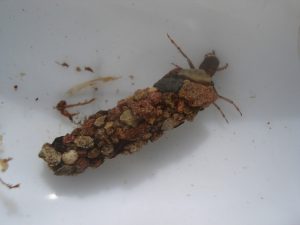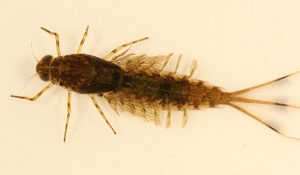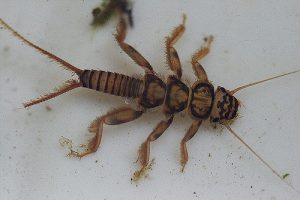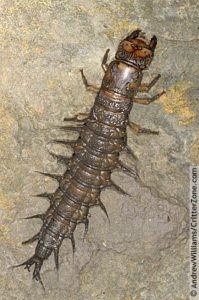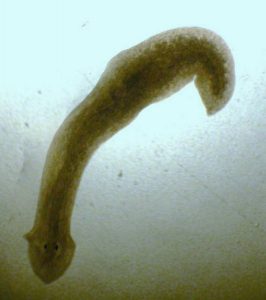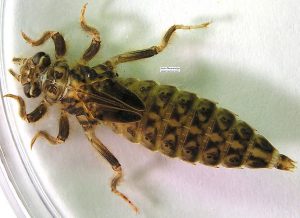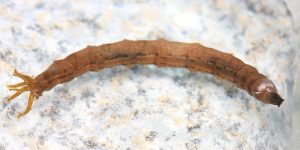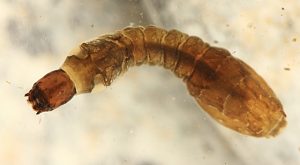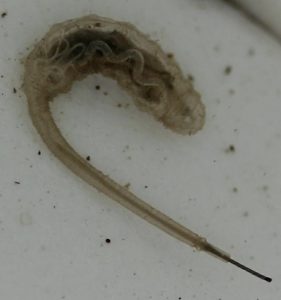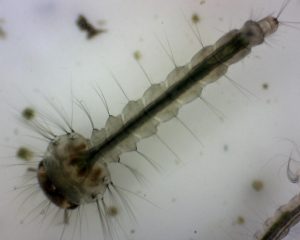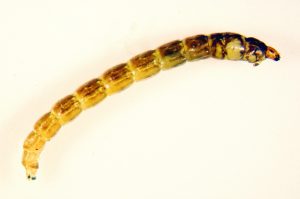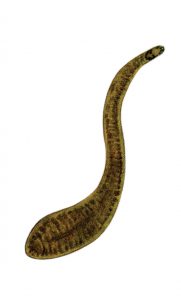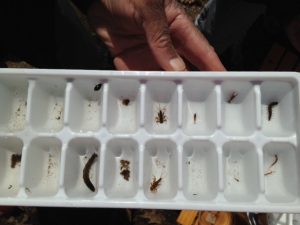When searching in the stream have you ever come across something that looks like an alien species?
You may have just found what is called macroinvertebrates! A breakdown of the name: “Macro” visible to the human eye and “invertebrate” an animal with no backbone. You can find a plethora of different types of them in the water including mayfly larva, diving beetles, leeches, and many more.
Some macroinvertebrates live their egg and juvenile life in the water, and emerge to live on land as an adult. While they are in the early stages of life they tell a story about the water quality they are living in.
Some creatures tolerate pollution very well, while others can only live in pristine well oxygenated water. When looking under rocks and searching in streams you can start to determine the quality of that stream by the critters you find. If you find macroinvertebrates that are intolerant to pollution (class one) then you can draw conclusions that the stream is healthy. On the other side of the spectrum if you find critters that tolerate pollution (class three) then it could mean that the quality of water isn’t healthy. There are also macroinvertebrates that are right in the middle and we call them some-what tolerant to pollution (class two). When you find diversity and critters in all three classes it is safe to say you are at a healthy stream!
Examples in “Class One”, pollution intolerant, include caddisfly larvae, mayfly larvae, stonefly larvae, and hellgrammites.
- Caddisfly Larvae
- Mayfly Larvae
- Stonefly Larvae
- Hellgrammite
Examples in “Class Two”, some-what tolerant to pollution, include cranefly larvae, blackfly larvae, dragonfly nymph, and flat worms.
- Flatworm
- Dragonfly Nymph
- Cranefly Larvae
- Blackfly Larvae
Examples in “Class Three”, pollution tolerant, are leeches, midge larvae, mosquito larvae, and rat-tailed maggots.
- Rat-tailed Maggot
- Mosquito Larvae
- Midge Larvae
- Leech
Here is a link to help you identify while stream searching:
Below are macroinvertebrates that were found in Irvine’s Stream on Wednesday, April 6th! Try and see if you can identify and determine the health of our stream.
- Macroinvertebrates of Irvine’s Stream
